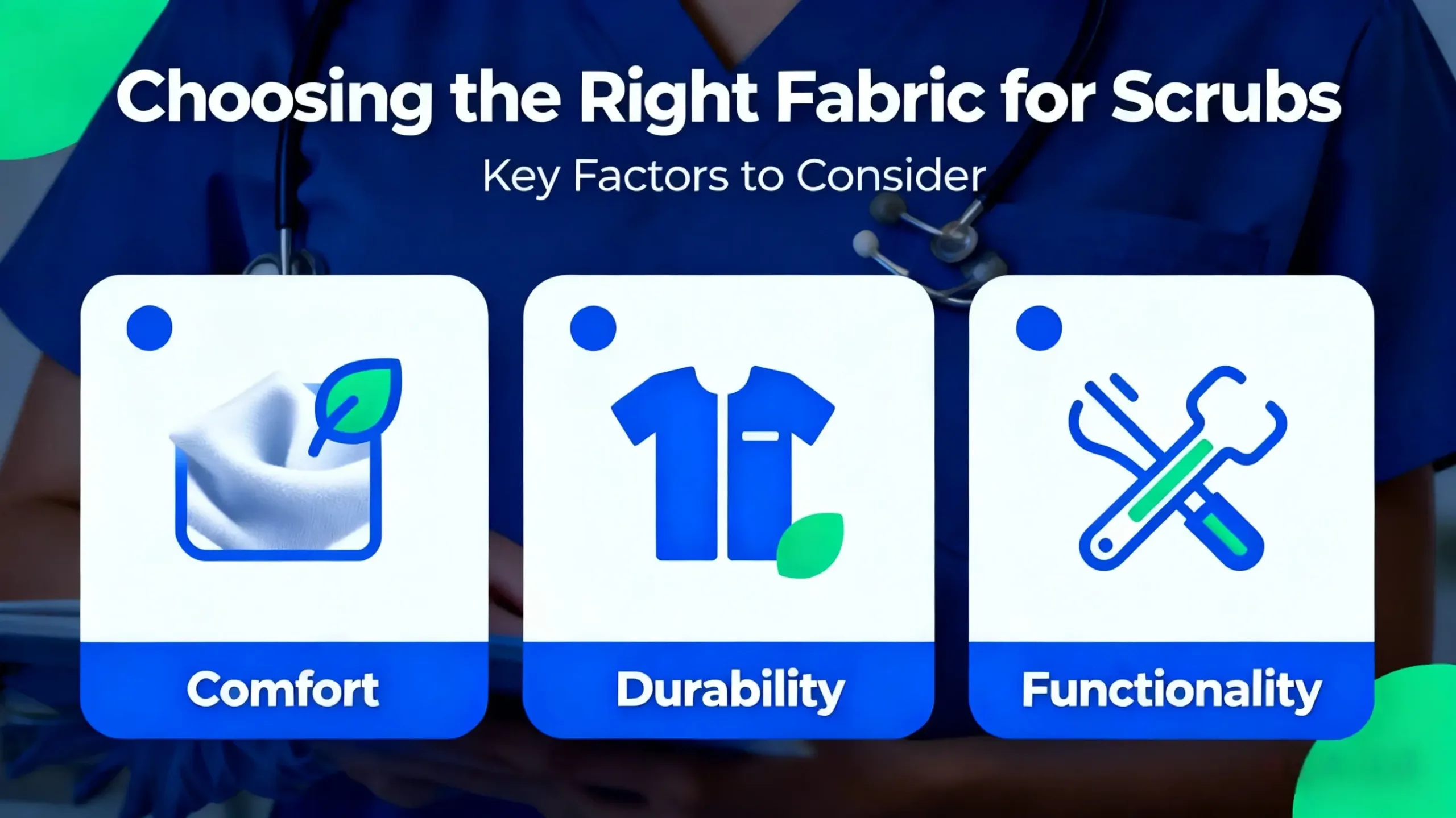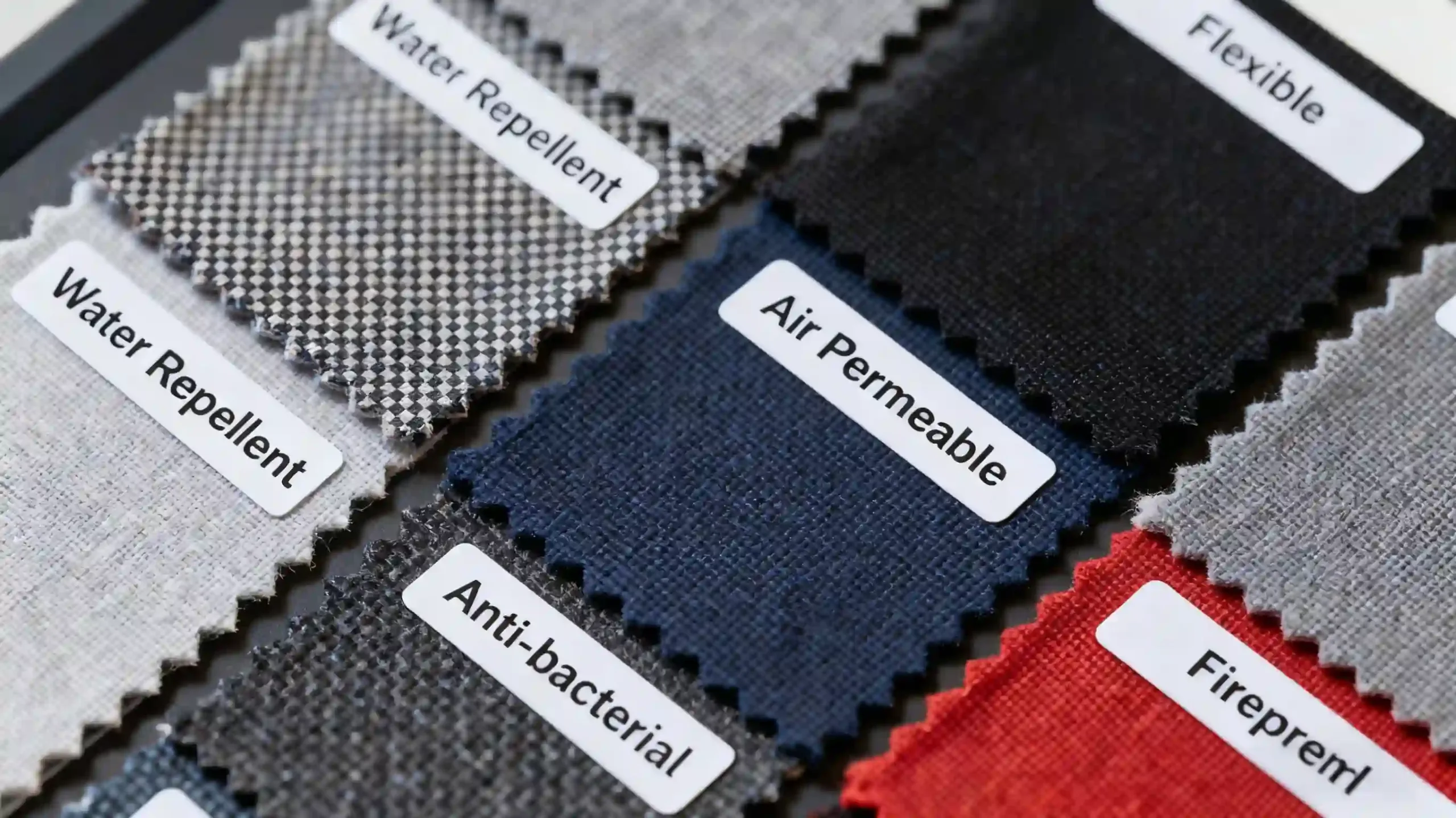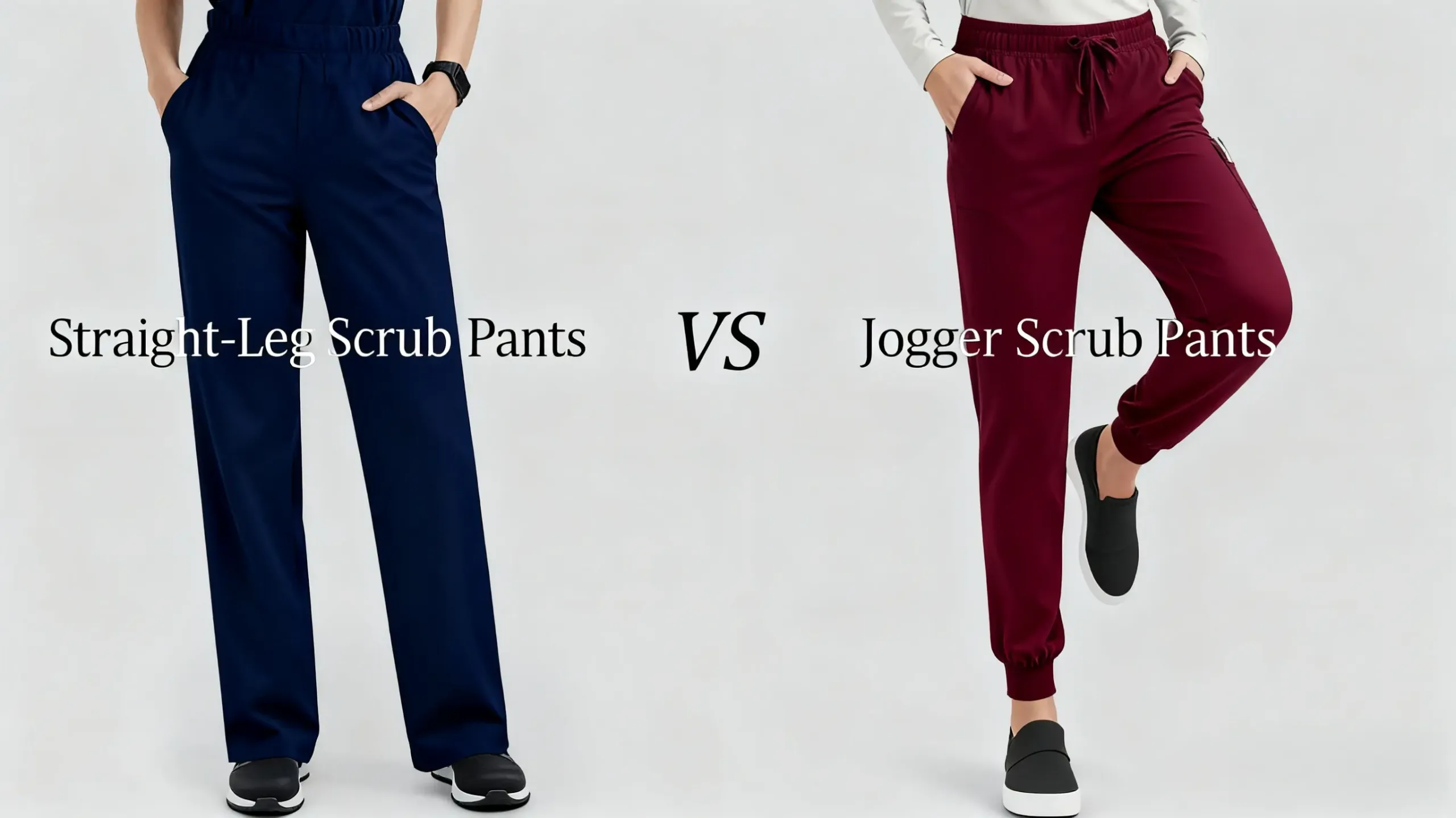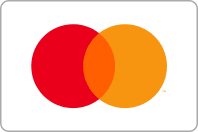Rubbing Rating and Colorfastness to Rubbing
Rubbing Rating and Colorfastness to Rubbing
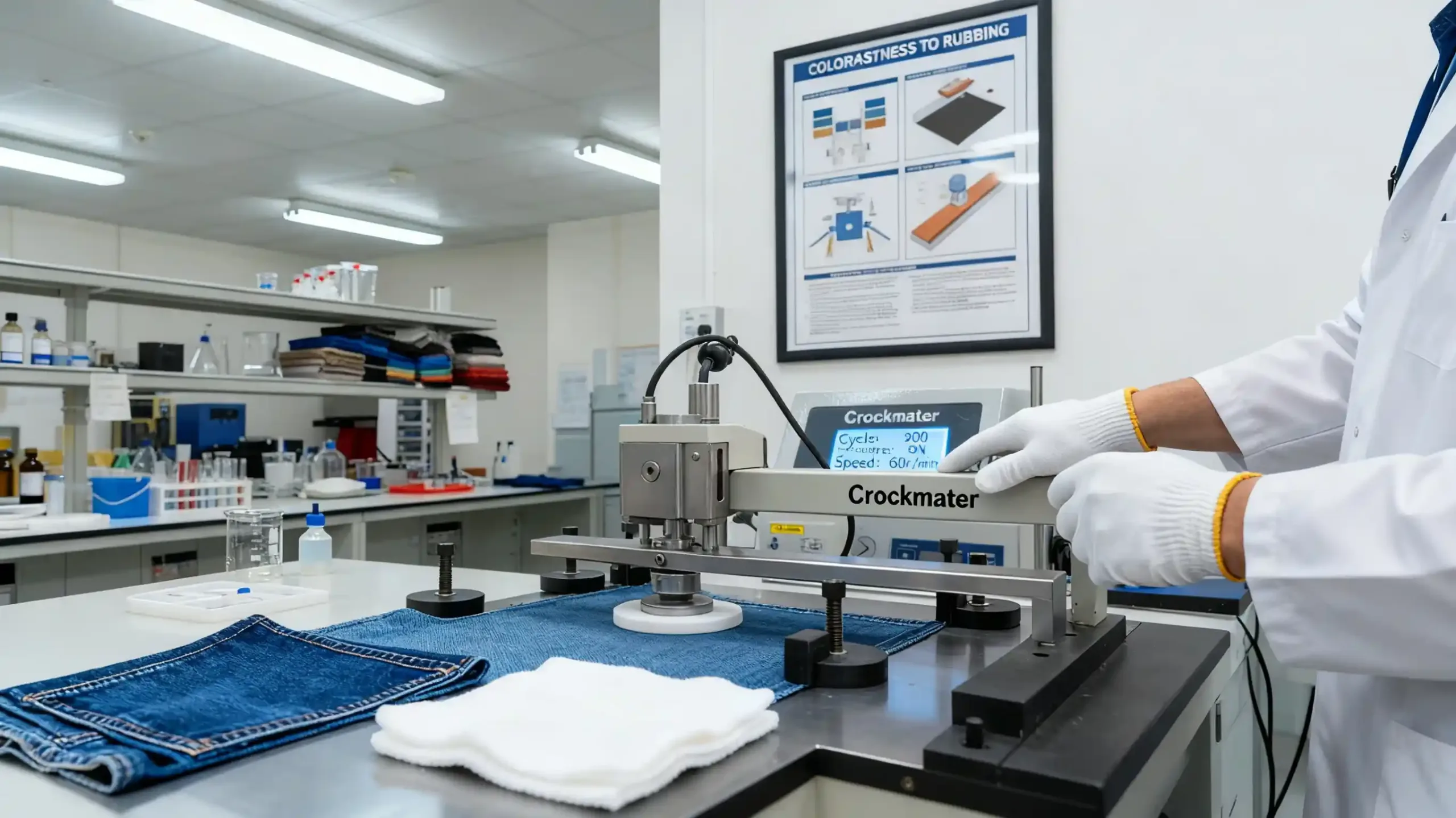
In textile manufacturing, colorfastness to rubbing is one of the most important signs of fabric quality. It shows how well a material keeps its color when it is rubbed. A higher rubbing rating means stronger dye stability, longer product life, and better customer satisfaction.
What Is Colorfastness to Rubbing?
Colorfastness to rubbing measures how easily a fabric’s dye transfers when friction is applied. The test uses a white cotton cloth that rubs against the fabric under a set pressure. Afterward, the stained cotton cloth is compared to a gray scale card to judge how much color has transferred.
If the cloth stays clean, the fabric has excellent colorfastness. If it becomes stained, the colorfastness is low. The test result, called the rubbing rating, reflects how strongly the dye is fixed to the fiber surface.
Dry and Wet Rubbing
The rubbing test is done in two conditions: dry and wet.
In the dry rubbing test, the fabric is tested without any moisture to see how resistant its surface color is. In the wet rubbing test, the white cloth is dampened before rubbing, simulating conditions such as sweating or washing.
Interestingly, some fabrics show better performance in wet rubbing. Water acts as a mild lubricant and helps reduce friction, which lowers the chance of color transfer.
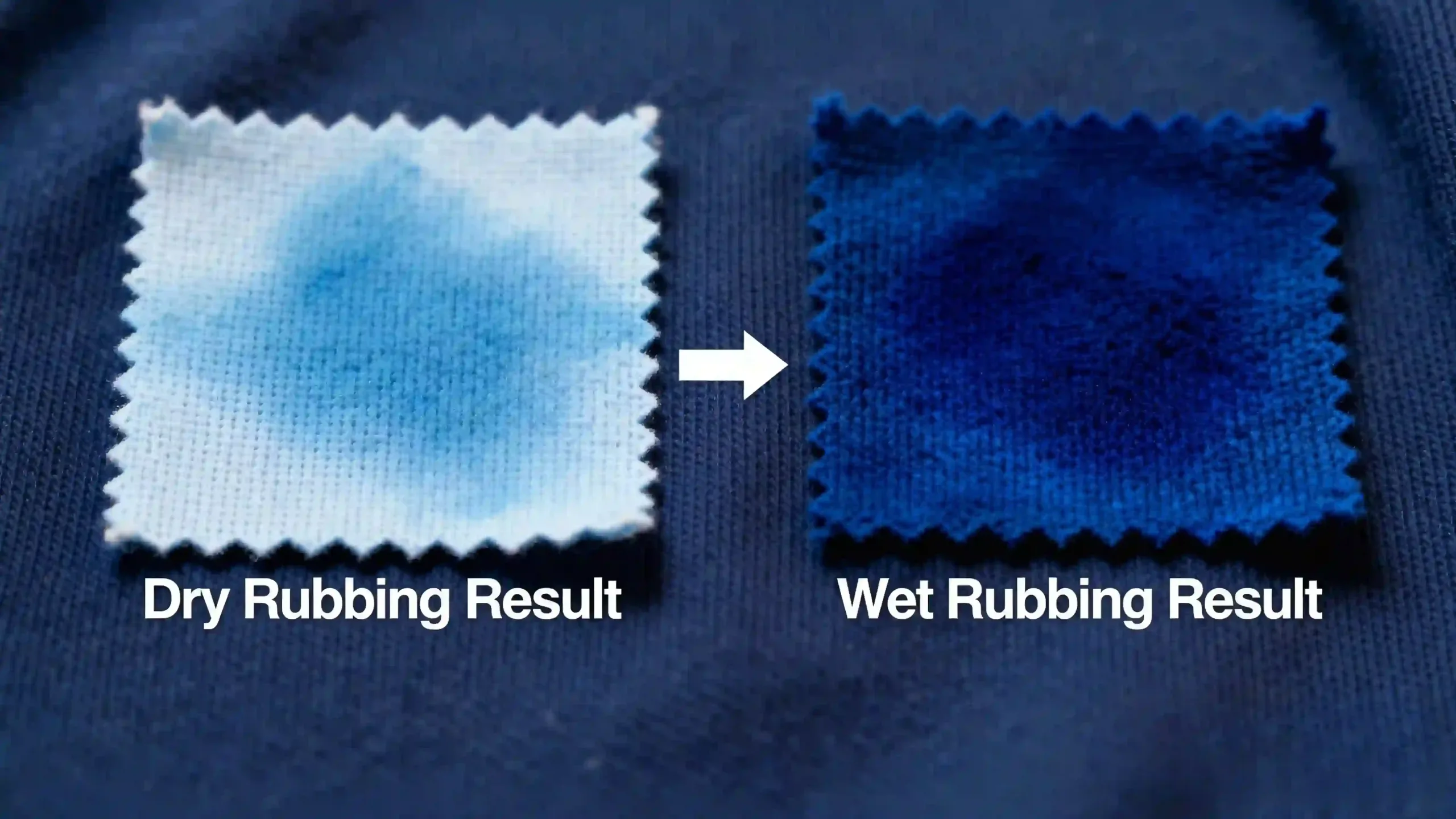
Rubbing Rating Standards
Several countries use different methods to evaluate colorfastness to rubbing. The most common testing standards include GB/T 3920-2008 in China, AATCC 8-2007 and AATCC 116-2010 in the United States, and JIS L 0849-2004 in Japan.
Results are rated from 1 to 5, sometimes with half grades like 2–3 or 3–4. A score of 5 means no color transfer, while 1 means heavy staining. In most cases, fabrics that reach level 3 or higher are considered acceptable for commercial use. Choosing the right testing standard is essential for global trade and product consistency.
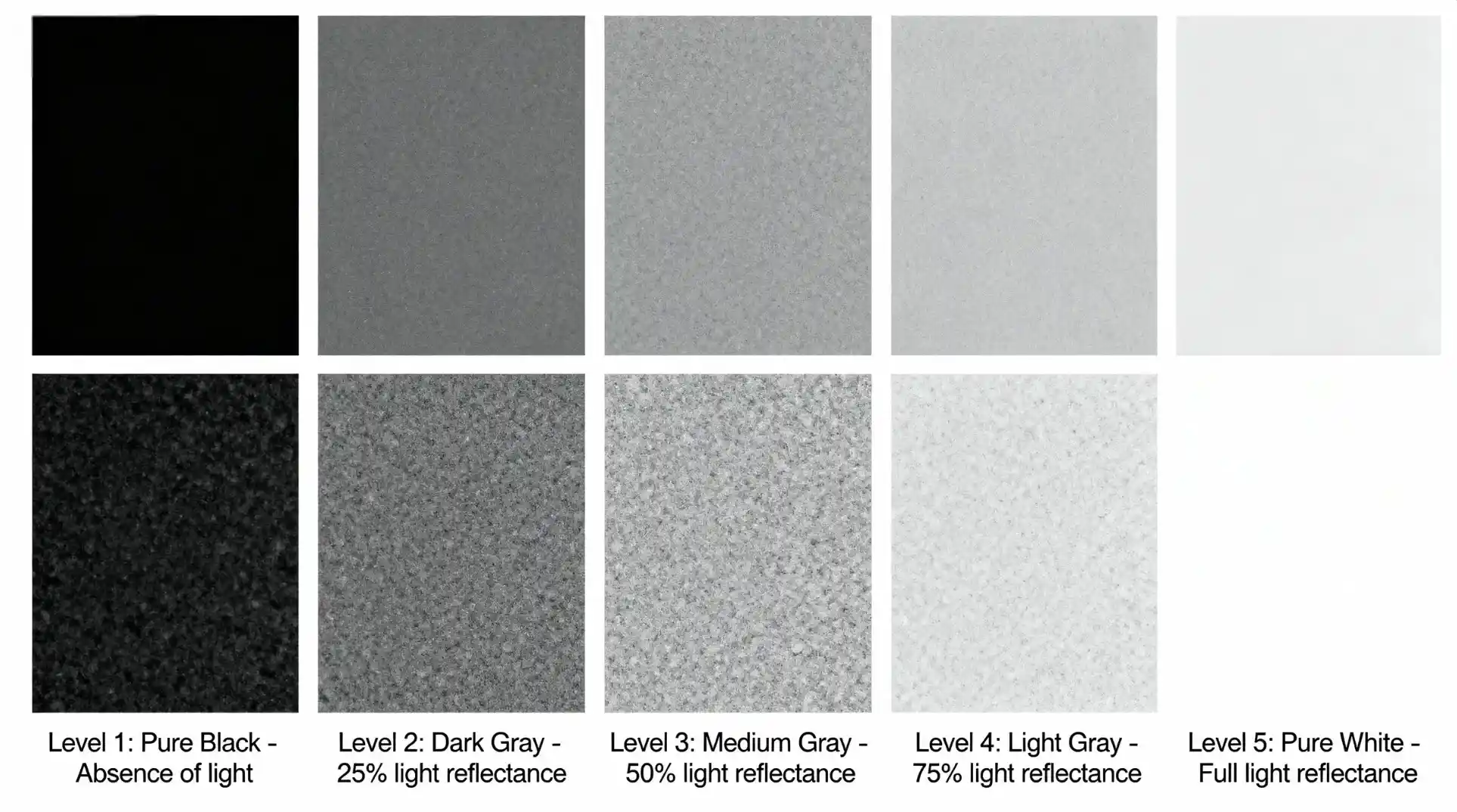
Why Test Results Differ
Even when the same method is used, test results may vary. Uneven dyeing, irregular fabric structure, or loose weaving can all influence color rubbing results. This variation is natural. To ensure accuracy, several samples should be tested, and the average value used as the final result.
What Affects the Rubbing Rating
The condition of the fabric surface plays a major role. Rough or textured materials tend to lose more color because friction can remove unfixed dyes or damage the outer layer of fibers. Fabrics such as denim or linen are more likely to show color loss after rubbing. Flocked fabrics or those with raised fibers also have higher friction resistance, which can reduce dry rubbing performance.
The internal structure of the fabric also matters. Lightweight or loosely woven materials may slip under pressure during rubbing. This movement increases friction and lowers the dry rubbing rating. When tested under wet conditions, however, absorbed water can soften the contact and reduce surface resistance. Some fabrics therefore perform better in wet rubbing than in dry rubbing.
The type and depth of dye are equally important. Reactive-dyed cellulose fabrics often experience color transfer during wet rubbing because some dyes dissolve in water and move to the test cloth. In addition, tiny colored fibers can break off and stick to the rubbing cloth. Darker shades often contain more loose dye on the surface, which further reduces colorfastness.
Improving Rubbing Rating
Manufacturers can improve color rubbing results by refining their processes. Proper fabric pre-treatment removes impurities and ensures even dyeing. Using high-quality dyes with strong bonding ability helps color stay fixed to the fibers. Controlling dyeing time, temperature, and pH improves color absorption.
After dyeing, fabrics should be thoroughly washed and soaped to remove any unfixed dye. Finishing methods should be gentle and avoid adding coatings or resins that increase friction. With the right dyeing and finishing techniques, both dry and wet rubbing performance can be significantly improved.
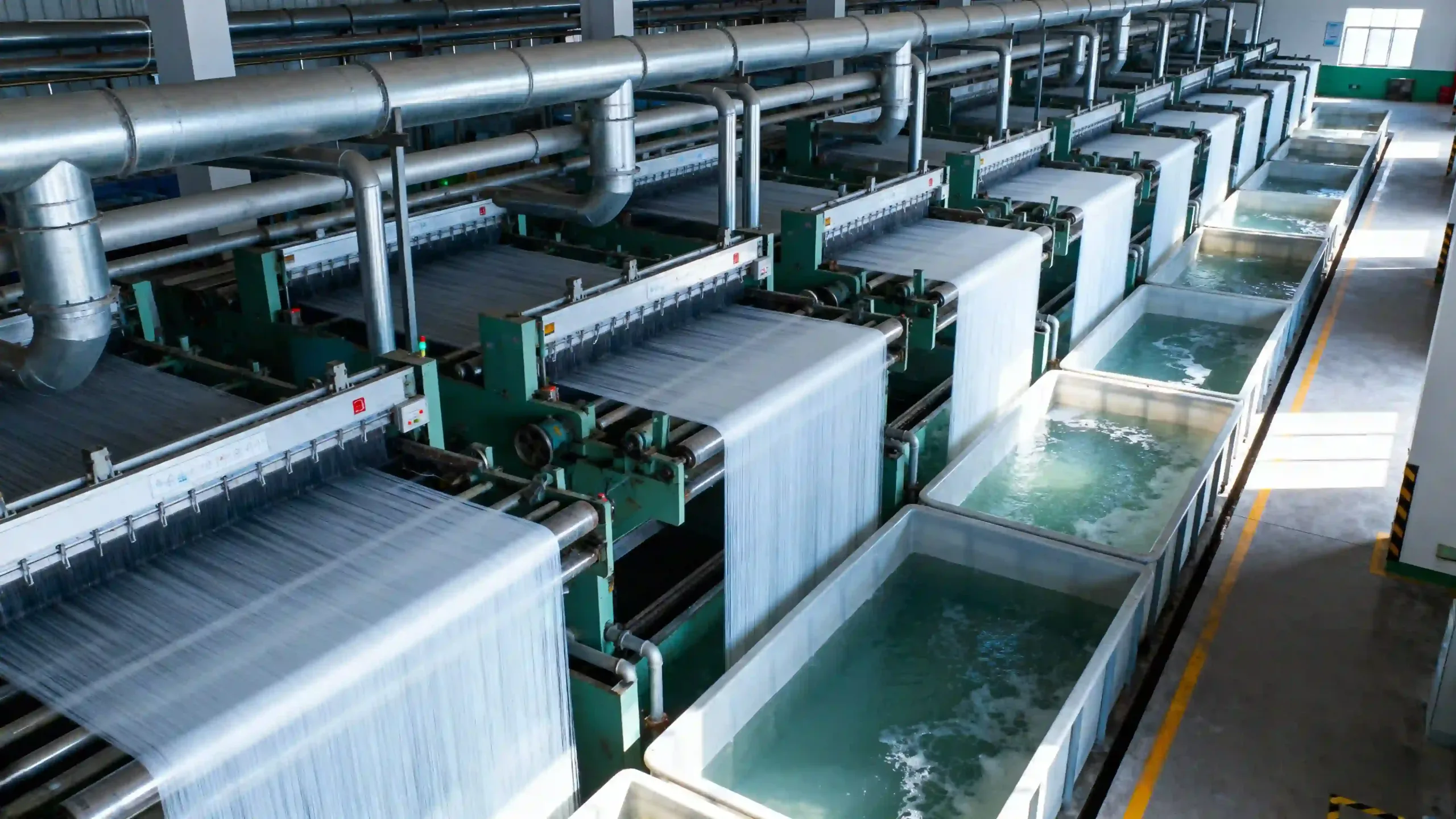
Why It Matters
For textile producers, rubbing rating is not just a number—it represents product reliability. Buyers and brands often request official colorfastness to rubbing reports before approving production. Regular testing helps identify potential problems early, prevent complaints, and ensure consistent quality.
Good color rubbing performance adds value to the product, enhances appearance, and builds consumer trust. Understanding how dyes, fabrics, and finishing work together allows manufacturers to control color quality more effectively.
Final Thoughts on Rubbing Rating
A high rubbing rating shows strong dye stability and long-lasting color. Fabrics with good colorfastness to rubbing keep their look and quality even after frequent wear and washing. By improving dyeing and finishing processes, textile makers can deliver durable, attractive fabrics that stand the test of time.
Contact Us Now>>>Contact Us
Learn more about us>>>LANO SCRUB MANUFACTURER




